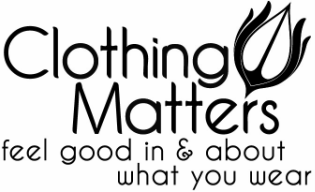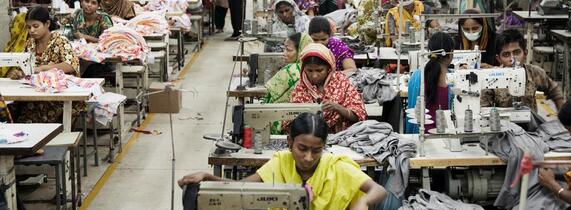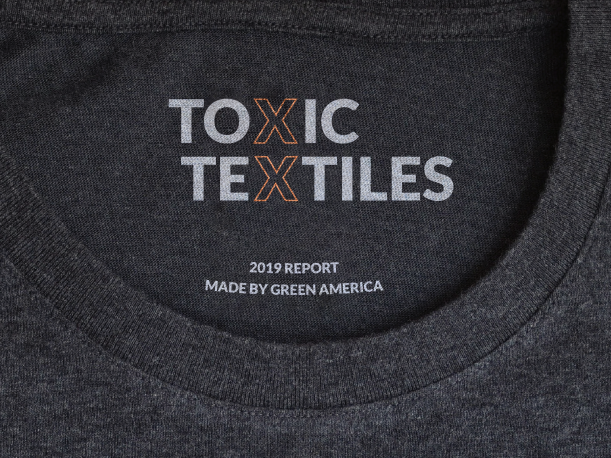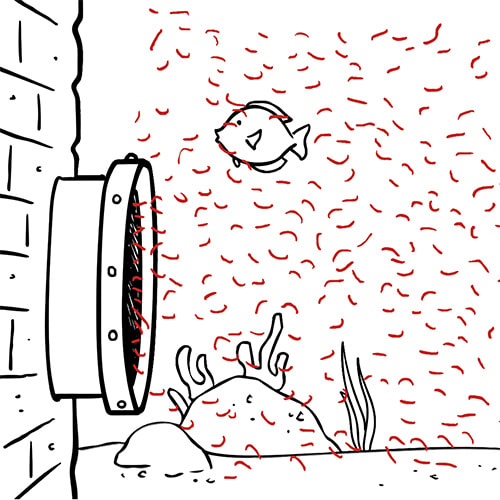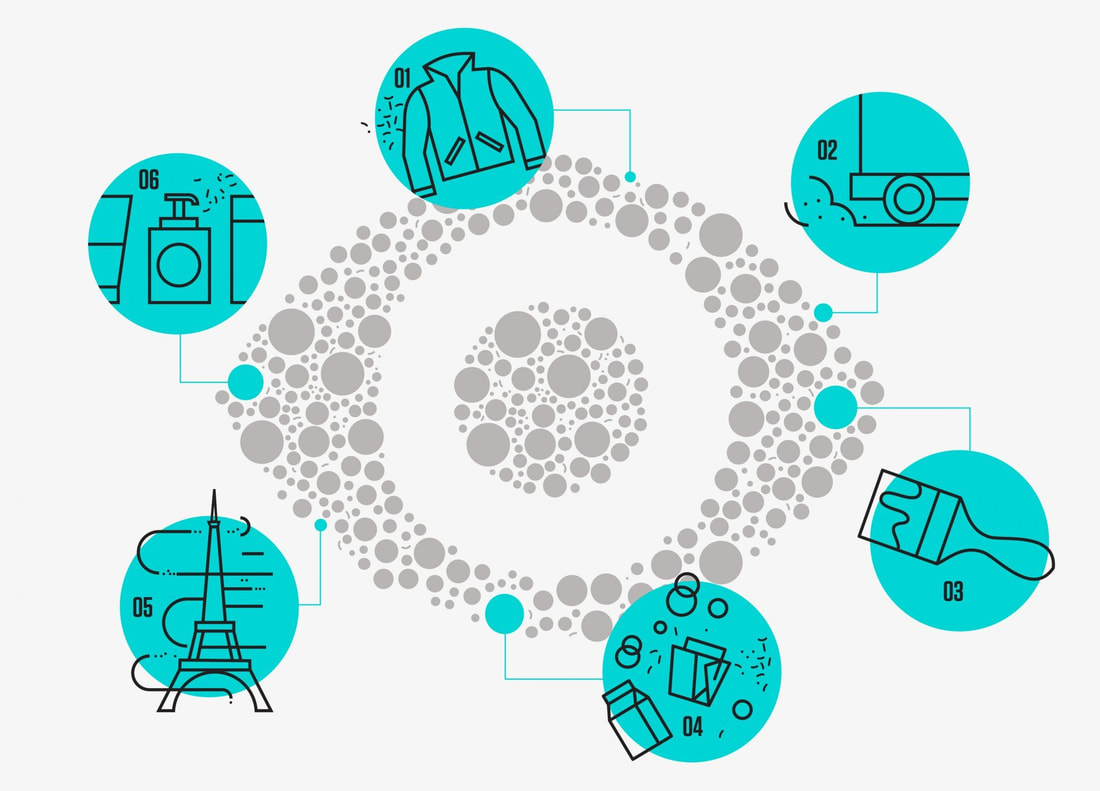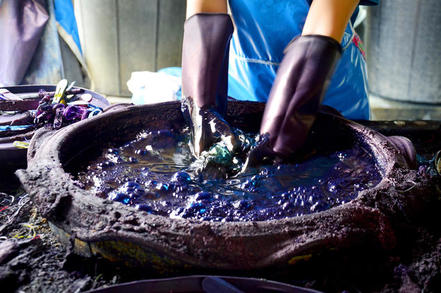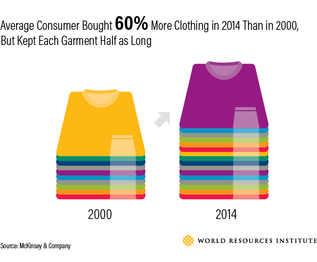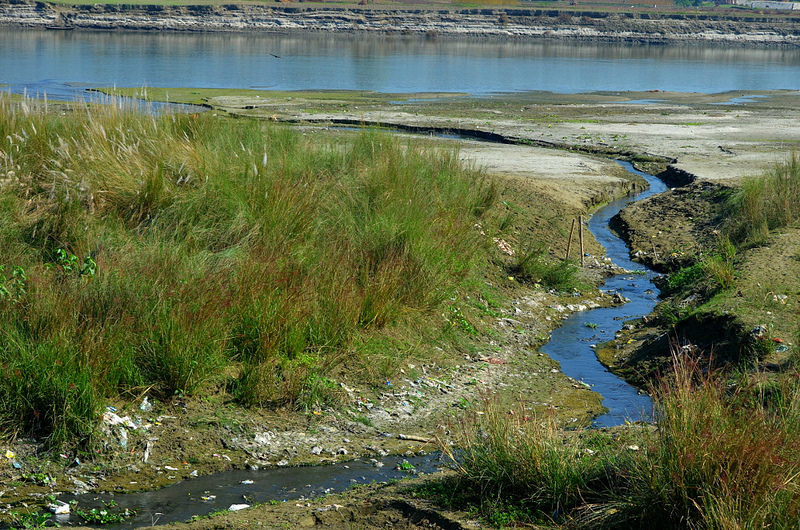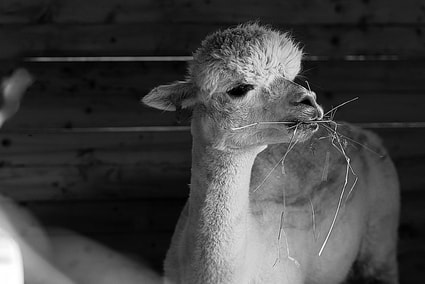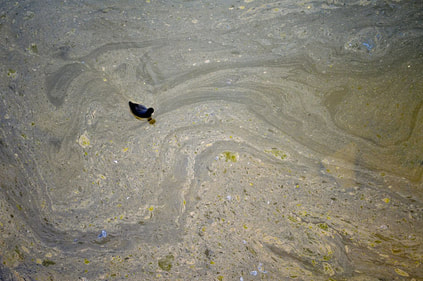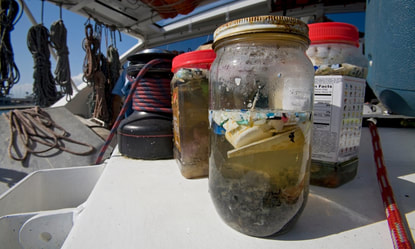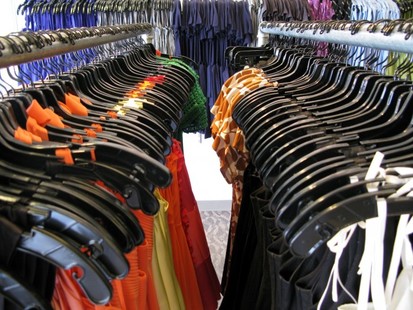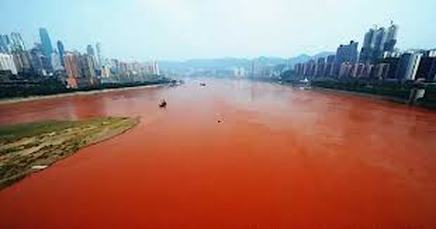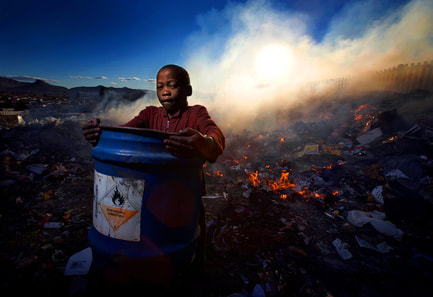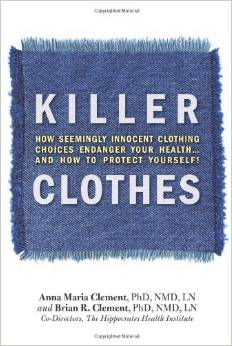Critical Reading
|
Unpacking Toxic Textiles
"If you go to a Forever 21 location two months in a row, odds are that practically nothing about the clothing selection will look the same. Forever 21 played a massive role in popularizing fast fashion, and as Green America’s Toxic Textiles report recently found, workers and the Earth pay a massive price for these seasonal looks, exposing workers to hazardous conditions and polluting our water, soil, and air." For the full article, click here. Toxic Textiles: The Environmental & Social Impacts of Our Clothing - Click here for the 2019 Report by Green America
We must demand that our favorite companies identify and RESTRICT chemicals used in their supply chain.. rather than restrict what chemicals can be found in the final consumer product. We need & deserve more transparency! Microfibers: Small Plastics, Big Problem
"A few days ago, The Story of Stuff Project was in Sacramento to testify on our bill addressing the problem of microfiber pollution – tiny particles of plastic shed from synthetic fabrics when we machine-wash our clothes.." Learn more Be part of the solution 9 Reasons to Buy Products Made From Organic Cotton
"Cotton earned the title "dirtiest crop" because it's sprayed with some of the worst pesticides, including: Bayer's aldicarb, which was banned in the U.S. in 2010, but reapproved by the U.S. Environmental Protection Agency in 2016; Syngenta's paraquat, a highly toxic pesticide banned in the European Union but not in the U.S.; and Monsanto's glyphosate, classified by the World Health Organization as a "probable" human carcinogen." Read more here. Toxic Clothing "Chemicals are used in every part of the textile production for making fibers, bleaching and dyeing fabrics, etc… When they arrive in the shops, our clothes still contain a lot of chemicals, even clothes made of "100% natural" fiber. Our skin is our body's largest organ and absorbs anything we put on it, including chemicals in our clothes. These can present a real danger to our health." Read more here. Invisibles With appreciation for those willing to make decisions that support healthier lives & ecosystems, we share this link. Never before have we seen a body of information with capacity to unify and empower critical actions. May it be a game changer for you to encourage family, friends and associates, to choose health over convenience & consumption by taking immediate action and being a part of the solution. Clean By Design
“It was shocking to discover what a heavy polluter the industry is,” says Greer, a senior scientist at NRDC (Natural Resources Defense Council) who has spent many years working on chemical pollution. "Poisonous finishing chemicals are also often applied to make garments soft, wrinkle free, and stain resistant. Nonylphenol ethoxylates—cleaning and rinsing agents that, even at low levels, are hazardous to our health—are among these compounds." It was this tidbit, and other scary stats showing that the environmental footprint of global fashion was out of control, that led her to create the Clean by Design program. Fashion at the Crossroads In this study, Cobbing & Vicaire (2017) work to expose the drastic changes in the garment industry. They begin by introducing fast fashion and its seemingly disposable nature. Click here to read more. Apparel Industry's Environmental Impact in 6 Graphics This is one of several visuals that illustrate why the apparel industry must embrace a new approach in order to sustainably meet demand in tomorrow's markets. Click here to read the full article. |
Fashion and Climate Change
"The processing of raw materials required for textiles
and the vast amounts of water used (2,700 litres per
single t-shirt) contributes to the emission of greenhouse
gasses which are causing climate change."
Click here for the full article.
"The processing of raw materials required for textiles
and the vast amounts of water used (2,700 litres per
single t-shirt) contributes to the emission of greenhouse
gasses which are causing climate change."
Click here for the full article.
|
Fast Fashion is the Second Dirtiest Industry in the World, Next to Big Oil
You read that right - fast fashion pollutes more than any other industry except for oil. Read more here. |
|
Alpacas Are Fast Fashion's Latest Victims Learn about great natural alternatives to dangerous synthetic dyes. |
|
An Industry in Denial: Fashion's Struggle with Compliance
Read more about the industry's struggle with worker rights and safety. How clothes are poisoning our oceans and food supply. Microplastic pollution is devastating our oceans. New research indicates that the biggest culprit may be the shirt off your back. Click here for the full article. |
|
Six things you didn't know about fast fashion Fast fashion brands like Zara, Forever 21, and H&M can design a garment and have it in stores in as little as two weeks. (Most fashion brands require at least six months.) According to Elizabeth Cline’s book, “Overdressed: The Shockingly High Cost of Cheap Fashion,” Forever21 and H&M deliver new styles to their stores every single day. For the full article, click here. |
|
Waste Couture
Fast fashion leaves a pollution footprint with each step of the clothing life cycle. For example, "polyester, the most widely used manufactured fiber, is made from petroleum. With the rise in production in the fashion industry, demand for man-made fibers, especially polyester, has nearly doubled in the last 15 years, according to figures from the Technical Textile Markets." Read more here |
|
The Dirty Secret Behind Jeans and Bras Greenpeace takes an inside look at apparel manufacturing and pollution. Click here to read more. |
|
Killer Clothes By Brian and Anne Marie Clement This book reveals the toxic truth about the clothes we wear and the surprising number of harmful effects on our health caused by garments once considered safe. The book also discusses the many ways that synthetic clothing, chemicals added to garments, and tight clothing and tight shoes create dangerous problems for human health and the environment. http://www.amazon.com/Killer-Clothes-Brian-Clement/dp/1570672636 |
